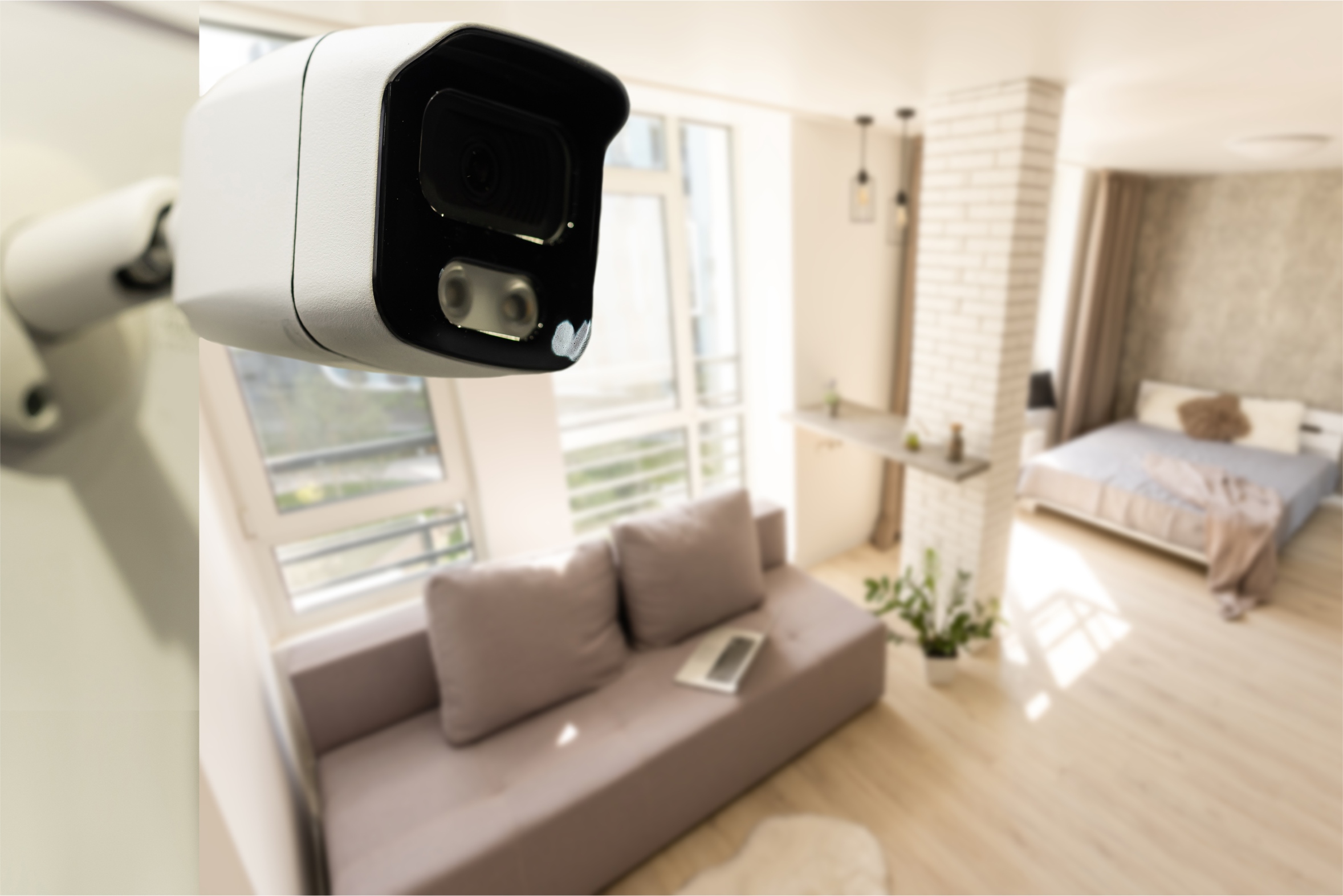A burglar alarm motion detector is only as effective as its placement. Position it poorly, and you risk blind spots that compromise security. Install it strategically, and you create an invisible barrier that detects movement exactly where you need it.
Understanding how to set up your burglar alarm motion sensor for maximum coverage isn’t just about sticking a sensor on the nearest wall—it requires careful consideration of angles, obstructions, and the unique layout of your property.
Here are a few ways you can maximise the coverage of your burglar alarm motion detector with strategic positioning.
Understanding motion detection technology
Before considering placement, it’s worth understanding how motion detectors actually work. Most modern burglar alarms use passive infrared (PIR) sensors, which detect the heat emitted by people as they move through a space. Others use microwave or dual-technology sensors, which combine different methods of detection to reduce false alarms. Each has strengths and weaknesses, but the principles of positioning remain largely the same.
A well-placed sensor should have a clear field of view and be positioned at an angle that captures movement rather than people walking directly towards it. Movement across the sensor’s detection range triggers a response more effectively than movement straight towards it, making placement a crucial part of your security system’s performance.
Entry points and high-traffic areas
The primary role of a motion detector is to monitor entry points and vulnerable areas. Placing a sensor near a front or back door makes logical sense, but positioning it to detect movement just after someone has entered, rather than as they approach, is more effective. This allows the alarm to trigger as soon as an intruder steps inside rather than as they are still outside, giving them no chance to evade detection.
Windows are another key entry point, particularly those that are hidden from public view. If your property has side or rear windows that could provide an easy access route, a sensor positioned to detect movement in these areas can add an extra layer of protection.
Hallways and staircases should also be covered, as these are routes an intruder is likely to take once inside. A strategically placed detector in a corridor can monitor movement between rooms, ensuring no part of the property is left unguarded.
The right height and angle
A motion detector’s effectiveness depends heavily on how high it is mounted. Too low, and it may be triggered by pets or small objects; too high, and it could miss crucial movement. The ideal height is usually between two and three metres, positioned to scan the area below in a wide arc.
Walls and corners provide excellent mounting positions, as they offer a broader view of a room. Positioning the sensor in a corner, angled to cover the most space possible, is often the best choice for interior placement. Avoid placing sensors where direct sunlight or heating vents could interfere with their function, as sudden temperature changes may cause false alarms.
Minimising obstructions
A motion detector needs an unobstructed view to function properly. Furniture, curtains, shelving, or even large decorative items can block its field of vision, reducing its effectiveness. When installing a sensor, take a step back and assess the room from different angles to ensure nothing is obstructing its coverage.
Glass can also interfere with detection. PIR sensors do not work effectively through windows, so placing a motion detector behind a glass door will not provide the security coverage you might expect. If monitoring an outdoor area, consider using specialised external sensors designed to function in changing weather conditions and avoid interference from reflections.
Pet considerations
For households with pets, motion detectors must be positioned to avoid unnecessary activations. Standard PIR sensors will detect the movement of animals as well as people, which can lead to frequent false alarms. Many modern systems include pet-friendly motion detectors, which are calibrated to ignore movement below a certain weight. Even so, correct placement is vital.
Mounting a sensor slightly higher than usual and angling it upwards can help, as this ensures it detects movement at human height while allowing smaller animals to move freely below. Testing the system after installation is essential to ensure it provides security without unnecessary triggers.
Alternatively, you can look for a pet immune motion detector that uses a Passive Infrared (PIR) sensor to detect motion and Target Specific Imaging™ technology to distinguish between humans and pets.
Integrating multiple sensors for maximum coverage
For larger properties, a single sensor is rarely sufficient. Combining multiple motion detectors ensures that all key areas are covered without leaving gaps in security. Each detector should be positioned to complement the others, overlapping slightly to create seamless coverage.
Smart alarm systems allow for even greater optimisation. By integrating sensors with other security devices such as cameras, door contacts, and smart lighting, you can create a system that not only detects movement but also provides visual confirmation and instant alerts. Some systems even allow customisation of sensitivity settings, ensuring the alarm triggers only in relevant circumstances.
Final testing and adjustments
Once installed, testing is crucial. Walk through the property to assess how the sensors respond to movement, checking for any areas where coverage is lacking. Adjust angles or positions as needed to optimise performance, ensuring the system provides maximum security without unnecessary activations.
Secure your property
Proper positioning of burglar alarm motion detectors is an essential step in securing your property. A well-planned setup ensures that movement is detected where it matters most, giving you confidence that your security system is doing its job effectively. Whether you’re installing a single sensor or integrating a full suite of smart security devices, taking the time to position them correctly can make all the difference in keeping your home safe. Want more expert information on securing your property? Explore our home and business security suite, or talk to a member of the SECOM team.
